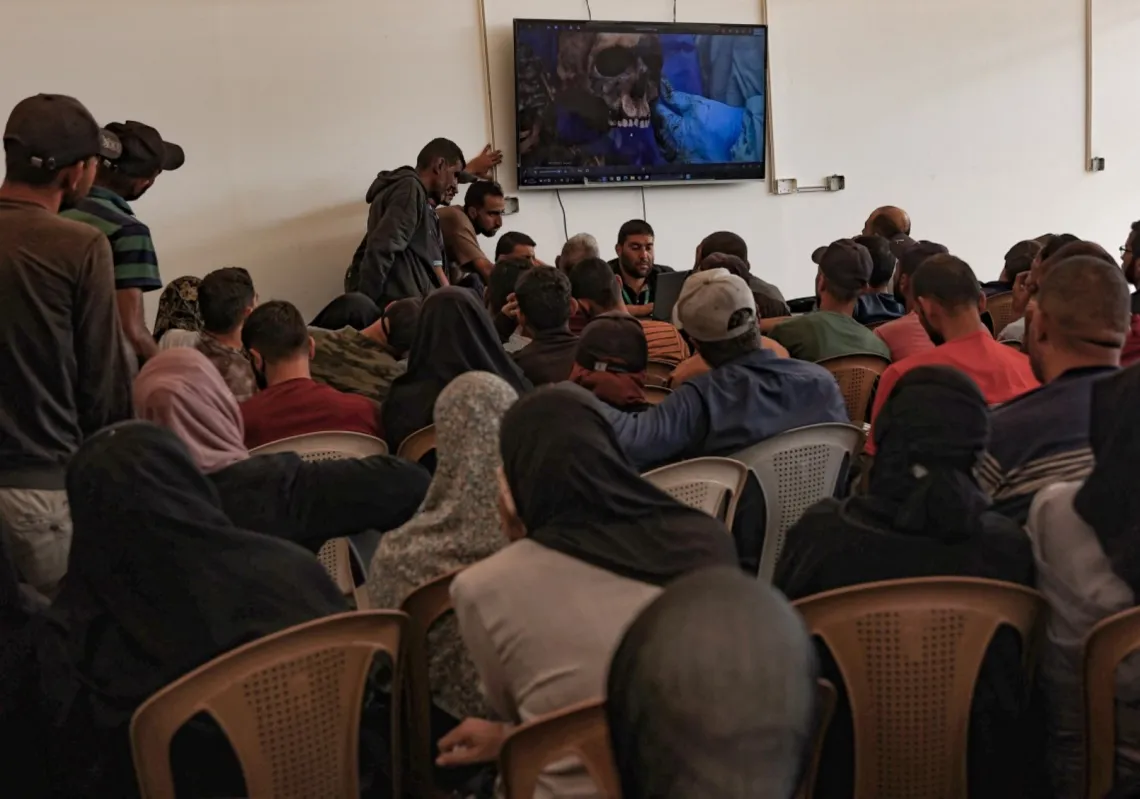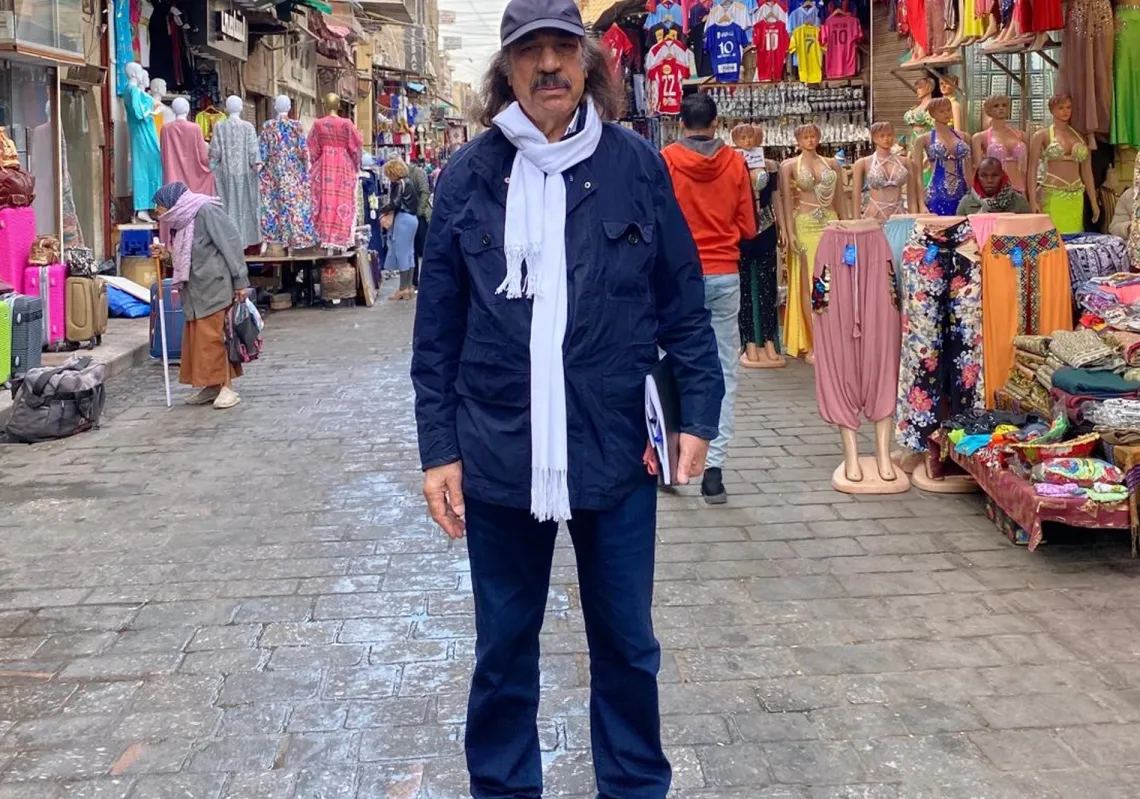 Russian opposition leader Alexei Navalny is seen his visit to the Russian Central Election Commission (CEC) , who submitted documents for his registration as a presidential candidate in Moscow, Russia, 25 December 2017. (Getty)[/caption]
Russian opposition leader Alexei Navalny is seen his visit to the Russian Central Election Commission (CEC) , who submitted documents for his registration as a presidential candidate in Moscow, Russia, 25 December 2017. (Getty)[/caption]
by Anton Barbashin
In March 2017, prominent Kremlin critic and anticorruption activist Alexei Navalny released a shocking video investigation into the secret finances of Dmitry Medvedev, the Russian prime minister. It revealed that Medvedev has been able to amass a tremendous fortune while in power, acquiring several mansions in Russia, a villa and property in Italy, and other assets worth roughly $1.2 billion. The investigation sparked a great deal of interest among Russians, and it has received almost 26 million views on YouTube as of this writing. In the weeks that followed the video’s release, Russia witnessed large-scale anticorruption protests across the country. Although Navalny had announced his plans to run for president in December 2016, these demonstrations marked the unofficial start of his campaign. From the beginning, however, it was clear that the Kremlin would not tolerate a Navalny candidacy and would retaliate to block his activities throughout Russia. Indeed, the government recently announced that his name will not appear on the presidential ballot in March of 2018. Despite this blow, however, the regime has nevertheless largely failed to suppress both Navalny’s and his followers’ political activities. Although he may be barred from formally seeking office, Navalny will remain a central challenge for the Putin government. He has been able to create a highly motivated independent political machine operating across the country, one that is capable of presenting a genuine alternative to Putin’s authoritarianism to the next generation of Russians.
THE OPPOSITION BUILDS MOMENTUM
Over the course of the last year Navalny and his team have demonstrated that despite state restrictions, political pressure, and the presumed political passivity of the Russian public, a devoted opposition movement can build real momentum in the country. His team was able to open 84 regional offices, attracting more than 200,000 volunteers across Russia. His YouTube channel, which is especially popular among younger Russians, offers regular updates via short videos that provide commentaries on corruption, major events in Russia, and the state of his campaign; it also features an online live talk show. All of this keeps his audience informed and motivated. Not a single other Russian politician has shown similar prowess in harnessing new media.
Navalny’s ability to engage younger generations of Russians has not gone unnoticed by the Kremlin and its supporters in the Russian public. Much of Russian President Vladimir Putin’s routine of last year was geared toward increasing engagement with Russian youth. Putin even missed his own presidential nomination to attend the Kremlin’s Christmas show for kids, an annual event at which he hadn’t appeared since 2005. Throughout the year there have been dozens if not hundreds of viral stories of local Putin-supporting teachers lecturing students about the dangers that Navalny poses to the country, usually portraying him as an agent of the West or as a power- and money-hungry agitator bent on fomenting a Maidan-like uprising.
The biggest accomplishment of Navalny’s presidential campaign was its countrywide political tour this past fall, which involved a series of meetings with his followers that brought thousands out on the streets of 27 major cities across the country. This sort of American-style campaigning is unusual in Russia and was only a regular part of political life in the 1990s, gradually evaporating during the Putin era. But despite the odds—the often nasty weather and the constant pushback from the local authorities and police—Navalny was able to hit all the major electoral cities of the country. The crown jewel of the campaign was the way it handled the presidential nomination procedure. In order to yet again prove that Navalny had nationwide support, his team organized 20 separate nomination events in 20 different cities. In total, over 15,000 people turned out onto the streets across the country to vote for his nomination.
THE KREMLIN STRIKES BACK
It seems that the Kremlin’s main aim was to exhaust Navalny’s campaign, targeting not only the core staff but also the regional leaders and volunteers. Out of the 27 cities his fall campaign tour hit, eight became the target of hard suppression. In Tambov, the coordinator of Navalny’s office was detained for seven days, and two other staffers received 25 and 20 days respectively, with one fined 300,000 rubles (roughly $5,150) for repeated violations of Russia’s law on public assemblies. Navalny, his campaign team, and his volunteers have collectively spent over 2,000 days in jail since the beginning of the campaign. This includes 65 days for Leonid Volkov, head of the campaign, 60 days for Navalny himself, 25 days for the former head of the Moscow office, Nikolay Lyaskin, and ten days for Roman Rubanov, director of Navalny’s Anti-Corruption Foundation. They have also been collectively fined over 10,000,000 rubles (roughly $174,000), the payment of which was crowdsourced with over 5,000 people pitching in.
Throughout the campaign, Navalny and his team members have been physically attacked, have faced death threats, and have experienced other forms of intimidation. In a frequently used tactic, the government raided a number of Navalny’s campaign offices across the country and permanently confiscated their equipment. Thanks to the campaign’s successful crowdfunding efforts, however, Navalny has been able to rebuild and replace the infrastructure promptly every time. Clearly, the government’s transparent attempt to disable the campaign only further fired up support for Navalny.
The final blow against Navalny’s presidential hopes, however, came on December 25, when the Russian Central Election Commission denied him the ability to register as a presidential candidate. The commission referenced Navalny’s 2013 embezzlement conviction as barring him from eligibility. The legitimacy of this conviction, however, is extremely questionable. The European Court of Human Rights called it “arbitrary and manifestly unreasonable” and the vast majority of independent lawyers from Russia and beyond recognized it as politically motived and biased. (Navalny’s brother Oleg, who was also prosecuted, is still serving jail time for the conviction and is due to be released in June of this year.)
[caption id="attachment_55255284" align="aligncenter" width="4008"]
 Kremlin critic Alexei Navalny, who was arrested during March 26 anti-corruption rally, gestures during an appeal hearing at a court in Moscow on March 30, 2017. (Getty) [/caption]
Kremlin critic Alexei Navalny, who was arrested during March 26 anti-corruption rally, gestures during an appeal hearing at a court in Moscow on March 30, 2017. (Getty) [/caption]
BOOSTING VOTER TURNOUT
The Kremlin’s attempts to undermine Navalny are not surprising. Of course, Putin almost certainly would still win were Navalny allowed to run. But for the Kremlin, it would be simply unacceptable to allow someone to compete who attacks Putin directly, systematically exposes the kleptocratic activities of the regime, and criticizes all the key figures of Putin’s inner circle. In the 2000s, Putin was able to either marginalize his liberal political opponents or incorporate them into the Kremlin system. The 41-year-old Navalny, however, has a charisma and political vitality such that he could attract a much greater number of Russians than the risk-averse Kremlin would ever tolerate were he allowed to campaign unobstructed.
Since Putin is concerned about Kremlin optics, and wants to be seen as having the strong backing of his people, he is seeking a “70 at 70” result—70 percent of votes for Putin with 70 percent voter turnout. Such an outcome demands that the Kremlin find ways to motivate Putin’s electorate to show up and actually vote for him despite the unprecedented predictability of the election’s outcome.
Two specific developments may help boost voter turnout. First is the candidacy of Ksenia Sobchak, a famous media figure and television host. She is a member of the larger opposition movement and the daughter of Anatoly Sobchak, the former mayor of St. Petersburg in the early 1990s under whom Putin began his political career. Sobchak has been able to freely and publicly accuse Putin of myriad shortcomings and failures, including the annexation of Crimea, without the Kremlin intervening. She has even appeared on state TV, where Navalny has been blacklisted, to do so. She is running as a very liberal and progressive alternative and rumors are swirling that Kremlin had asked Sobchak to stand in as a fake opponent in order to entice both some of Navalny’s potential electorate and, more important, those who have a strongly negative opinion of her to show up at the polls to get turnout closer to 70 percent. Sobchak seems to be using the campaign as an opportunity to present herself as a legitimate politician and prepare herself and the Russian people for future post-Putin alternatives. She does not, however, have anything near the political infrastructure nationwide that Navalny does.
Meanwhile, Russia’s Communist Party surprisingly dropped longtime presidential nominee Gennady Zyuganov from its ticket, replacing him with Pavel Grudinin, a charismatic and very populist left-leaning politician with a clean record who makes for a younger, fresher candidate. Both of these developments should in theory make for a larger overall turnout, but it is still unclear whether this would be enough for the Kremlin to meet the 70 percent threshold.
WHAT COMES NEXT?
In response to his exclusion from the ballot, Navalny has already announced a planned active boycott of the elections, urging his supporters to show up to monitor the turnout while refusing to vote themselves. He has also announced a nationwide protest scheduled for January 28 in support of the boycott.
The bigger question, however, is what Navalny will do after March 18 and what his strategy for the post-election era will be. By the looks of it, Putin’s fourth term might turn out to be an even more repressive and restrictive political period than the current one. Navalny has already proved to be by far the most successful opposition politician in Russia today, and he is unlikely to give up on his anticorruption investigations. But considering his political aspirations, he will have to do much more than that to keep the attention of the people and to prepare himself for the next opportunity to get himself elected.
The Kremlin in turn will face real dilemmas in how to contain Navalny and his growing political infrastructure throughout Russia going forward. The Russian Ministry of Justice is already considering liquidating Navalny’s campaign foundation, which finances his nationwide offices and campaign activities. The most consequential government decisions on how to handle Navalny, however, will likely not come until after the elections, when all the regime’s focus will be on ensuring that Putin’s fourth term goes as smoothly as possible.
This article was originally published on ForeignAffairs.com.








